The Loudest Cars in the World: Legends of Sound, Power, and Emotion
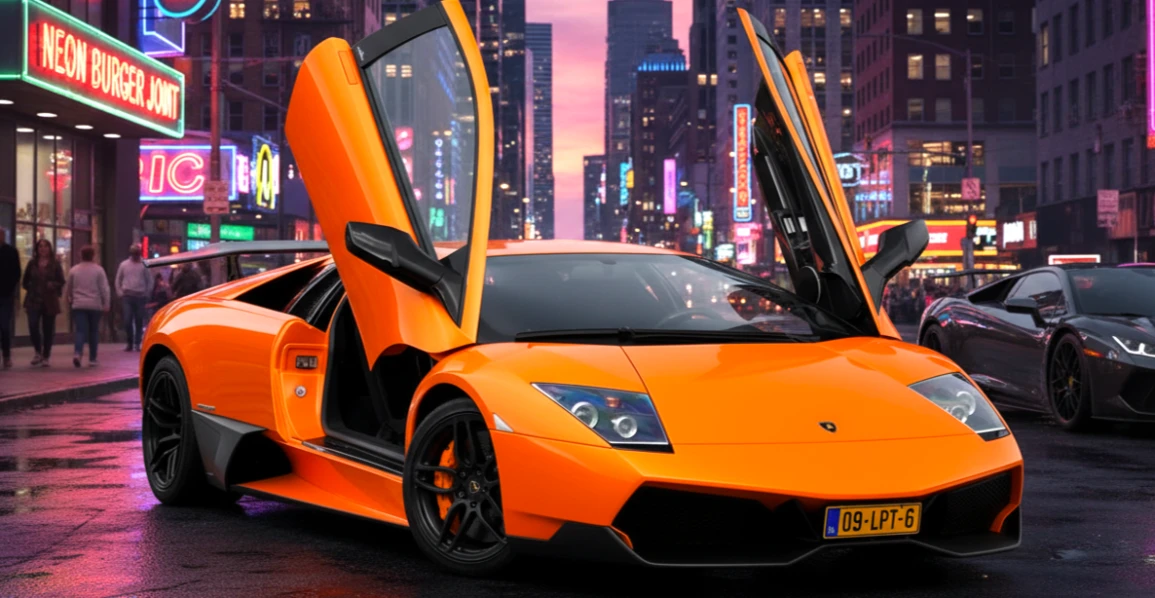
A deep, guttural rumble at idle. A furious, deafening roar at the edge of the tachometer. A sharp crack when shifting gears. For some, it’s just noise — but for a true car enthusiast, it’s pure music. Every loud car has its own unique voice, its own character that can’t be mistaken for anything else. It comes alive, expressing emotions through sound — wild, honest, and real. And every time the engine roars in response to the touch of the gas pedal, the heart skips a beat in excitement. These are emotions no silent, ultra-modern electric car could ever deliver.
The sound of an engine directly affects our perception of power. A car might not be the fastest, but if it sounds like a race car, it automatically becomes "cool." And strangely enough, today, as cars become quieter, greener, and more autonomous, the cult of loud cars is not only not fading but is flaring up with new intensity.
So why are cars with loud exhaust systems so attractive? First, let's recall the legendary roaring icons of the past and introduce the modern monsters of sound. And then we'll try to find out what is the loudest car in the world, and why some cars sound like a symphony, while others sound like chaos.
Why Do We Even Need Loud Cars?
At first glance, in a modern world striving for silence and comfort, a loud car seems irrational. It creates noise pollution, attracts unnecessary attention, and often violates legal norms. However, the phenomenon of loud cars is much deeper than simple hooliganism. It is rooted in engineering principles, the psychology of perception, and the cultural codes that have formed over decades of automotive history.
From Racetracks to City Streets: The Role of Sound in Car Culture
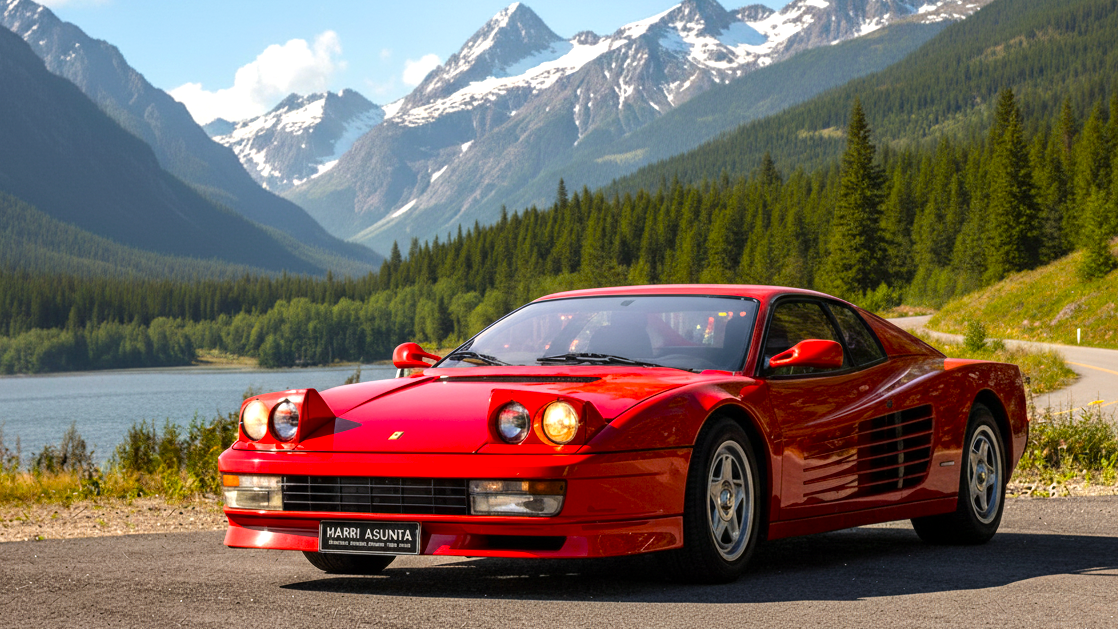
Initially, a loud sound was a side effect of power. On racetracks, engineers sought to create the most efficient exhaust system that would allow the engine to "breathe" freely, without resistance. Mufflers and resonators reduce power. Therefore, racing cars always have been and always will be loud.
Over time, sound transformed from a technical necessity into an emotional tool. Automakers realized that supercar buyers pay not only for speed but also for the experience. Special departments of acoustic engineers now work on tuning the exhaust sound like composers on a score. They create the right timbre, eliminate unpleasant frequencies, and add "dramatic" pops and crackles, turning the exhaust into a musical instrument.
In street culture, a loud exhaust became a symbol of power, freedom, and rebellion. From the American hot rods of the 50s to the Japanese drift cars of the 90s – a loud sound has always been an integral part of the automotive underground. It serves as a means of self–expression, a way to make a statement in the gray stream of ordinary cars.
Legendary Loud Cars of the Past
Before the era of strict environmental and noise regulations, engineers were free to create acoustic masterpieces. They were not constrained by complex catalytic converters, particulate filters, and multi–chamber mufflers. The sound of those cars was honest, mechanical, and untamed; it directly reflected the character of the engine and its power, creating unique soundtracks for entire eras.
Mustang Boss 429, Lamborghini Countach, and Other Roaring Icons
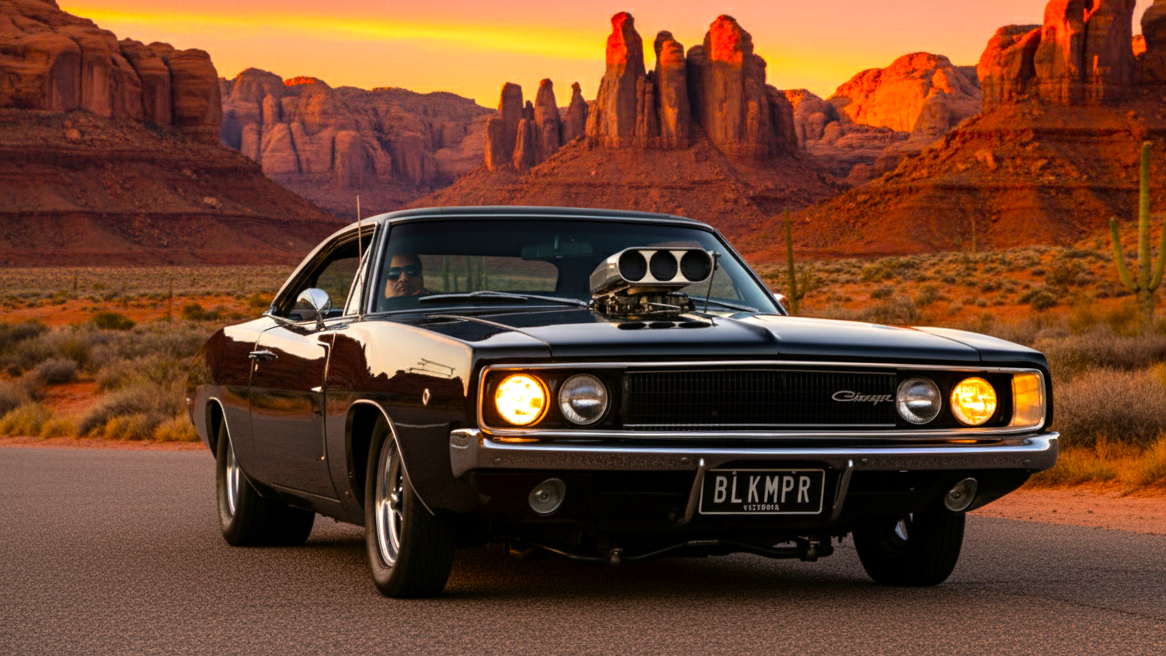
American Muscle Cars with V8 Engines The 1960s and 1970s were the golden age of the American V8. This was the era that gave birth to true legends — the Dodge Charger R/T, Chevrolet Chevelle SS, and of course, the Ford Mustang Boss 429. These cars produced that unmistakable deep, burbling growl that turned into a thunderous roar as the revs climbed. Their sound embodied pure freedom and raw power. The secret lay in their massive engine displacements, simple exhaust designs, and the absence of strict environmental regulations, which allowed engineers to create truly “alive” and expressive engines.
European Supercars of the 1970s and 1980s Across the Atlantic, Europeans treated sound almost like an art form. The Italians at Lamborghini and Ferrari didn’t just build cars — they composed mechanical symphonies. The high-revving V12 engines powering the Lamborghini Countach and Diablo, as well as the Ferrari Testarossa and F40, produced a completely different kind of sound. Instead of a deep rumble, it was a piercing, operatic crescendo that sent shivers down the spine. Ferrari engineers carefully tuned the length and geometry of the exhaust manifolds to achieve a perfectly balanced, musical tone — one that remains instantly recognizable to this day.
Modern Monsters of Sound
Despite the tightening of environmental and noise regulations, manufacturers still produce incredibly loud cars, finding loopholes in the legislation and using smart technologies that allow for volume control.
Lamborghini Aventador, Dodge Challenger Hellcat, and Bugatti Chiron
Modern supercars and muscle cars use special active flaps in the exhaust system. In quiet mode ("Comfort"), they are closed, and the exhaust gases travel a long path through several mufflers, making the car quiet and compliant with regulations. But with the press of a "Sport" or "Race" button, the flaps open, and the gases rush through a short, direct path, unleashing the full power and untamed sound of the engine.
Model | Engine | Loudness (at full throttle) | Sound Signature |
Lamborghini Aventador SVJ | 6.5L V12 | ~105 dB | High-pitched, furious scream, similar to an F1 car |
Dodge Challenger SRT Hellcat | 6.2L V8 Supercharged | ~103 dB | Deep, menacing roar, complemented by the whine of the supercharger |
Porsche 911 GT3 RS (992) | 4.0L Flat–6 | ~108 dB | Mechanical, dry, racing sound up to 9000 rpm |
Lexus LFA | 4.8L V10 | ~106 dB | Unique sound tuned by Yamaha, similar to F1 |
Bugatti Chiron Super Sport | 8.0L W16 Quad–Turbo | ~102 dB | Powerful but "civilized" hum, reminiscent of a jet taking off |
Hypersound: Modified and Tuned Cars
For many fans of loud cars, the factory sound is just a starting point. Tuning the exhaust system is one of the most popular types of modification, allowing not only to increase the volume but also to completely change the timbre of the sound.
When Volume is More Important Than Power
Replacing catalytic converters with sports ones (with less resistance), removing resonators, and installing straight–pipe mufflers can radically change and amplify the sound. The answer to the question, what exhaust system is the loudest, often lies in the catalogs of tuning shops such as:
- Akrapovič,
- Capristo,
- Armytrix.
In the world of street racing and drifting, the loud "scream" of the engine is part of the show. "Anti–lag" systems that create fiery backfires from the exhaust pipe, and "popcorn" crackles on deceleration – such effects are made for a spectacular sound. However, it is worth remembering that an excessively loud exhaust is illegal on public roads and can be harmful to your hearing.
The Loudest Cars of All Time (Top)
Compiling an objective loudness rating is an almost impossible task. The noise level depends on many factors: from the measurement point to the air humidity. However, based on data from numerous tests by reputable publications and enthusiast reviews, a group of cars that consistently make it to the lists of the "most vocal" can be identified.
10 Cars That Stun from the First Start
And now, let's list the champions of spectacular loudness, which caresses the ears of fans of roaring cars and warms the souls of true rebels of the city streets:
Porsche 911 GT3 RS (992)
..png?_t=1760695020)
Possibly the loudest production car of modern times. Its naturally aspirated flat–six engine, which revs to 9000 rpm, produces the sound of a race car – dry, mechanical, and very loud.
Lamborghini Murciélago LP 670–4 SV
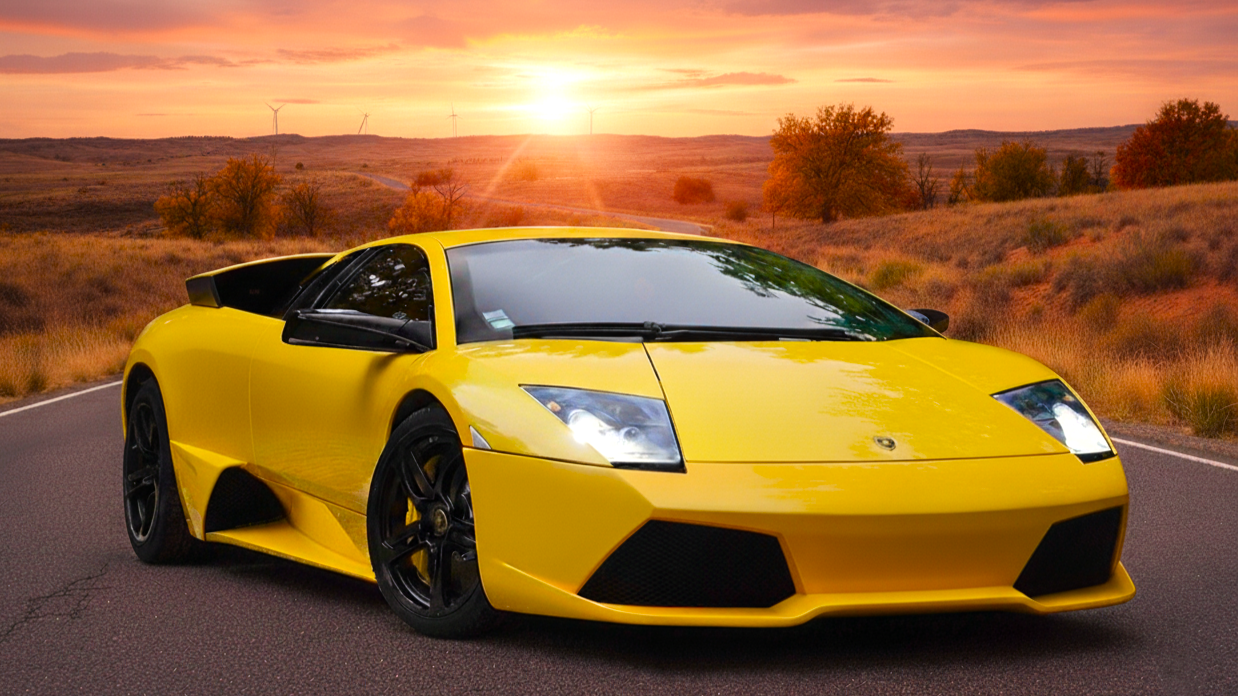
The last "angry" Lamborghini with a naturally aspirated V12 engine. Its sound is an untamed fury that engineers did not try to smooth out.
Lexus LFA
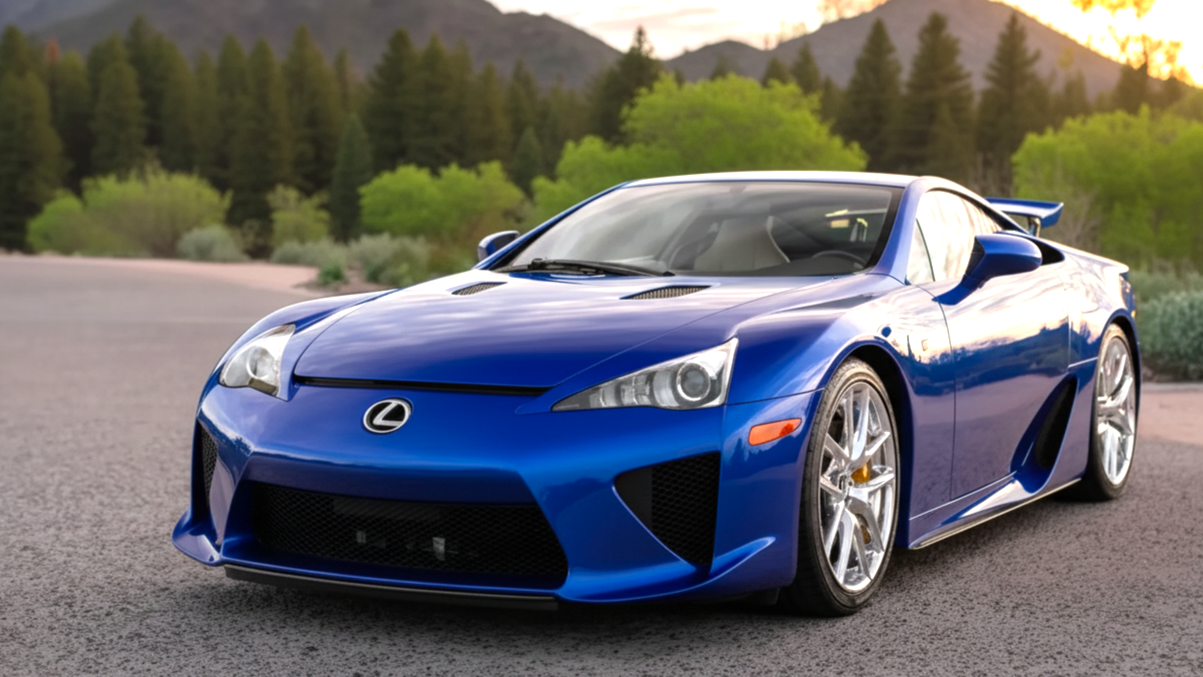
A unique case. Its V10 engine was tuned in collaboration with Yamaha's music division. The engineers treated the sound as a musical instrument, achieving perfect harmony and tonal purity. The LFA's sound is considered one of the most beautiful and melodic in history.
Ferrari 812 Competizione
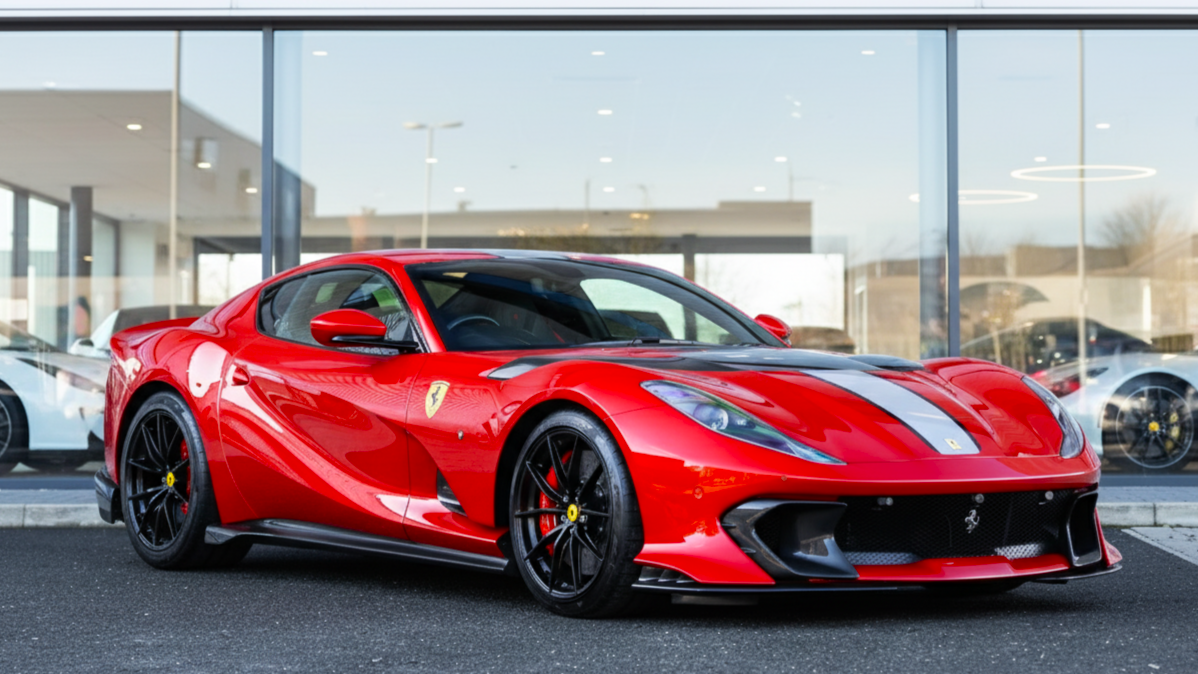
Another naturally aspirated V12 that sounds like an operatic aria at maximum revs. Ferrari has always known how to create "musical" engines.
Dodge Viper SRT–10
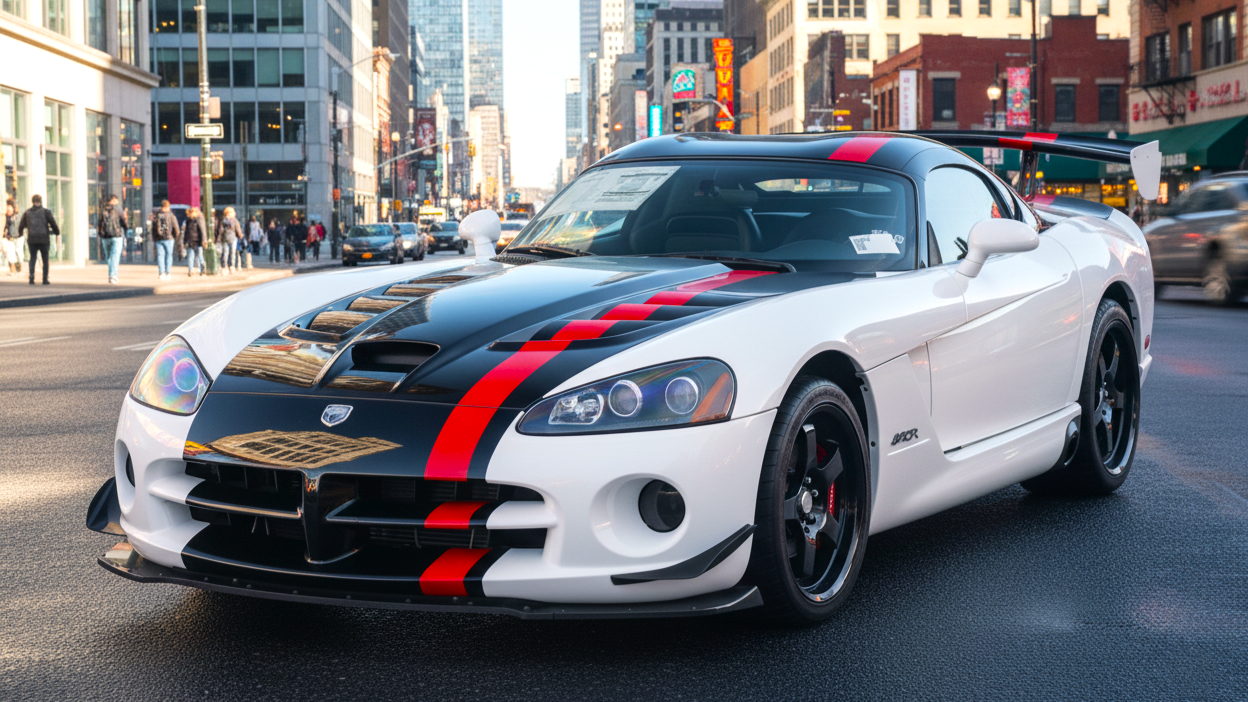
A huge 8.4–liter V10 and side–exit exhaust pipes, right under the doors, create a unique, low–frequency, and very loud sound that cannot be mistaken for anything else.
Porsche Carrera GT
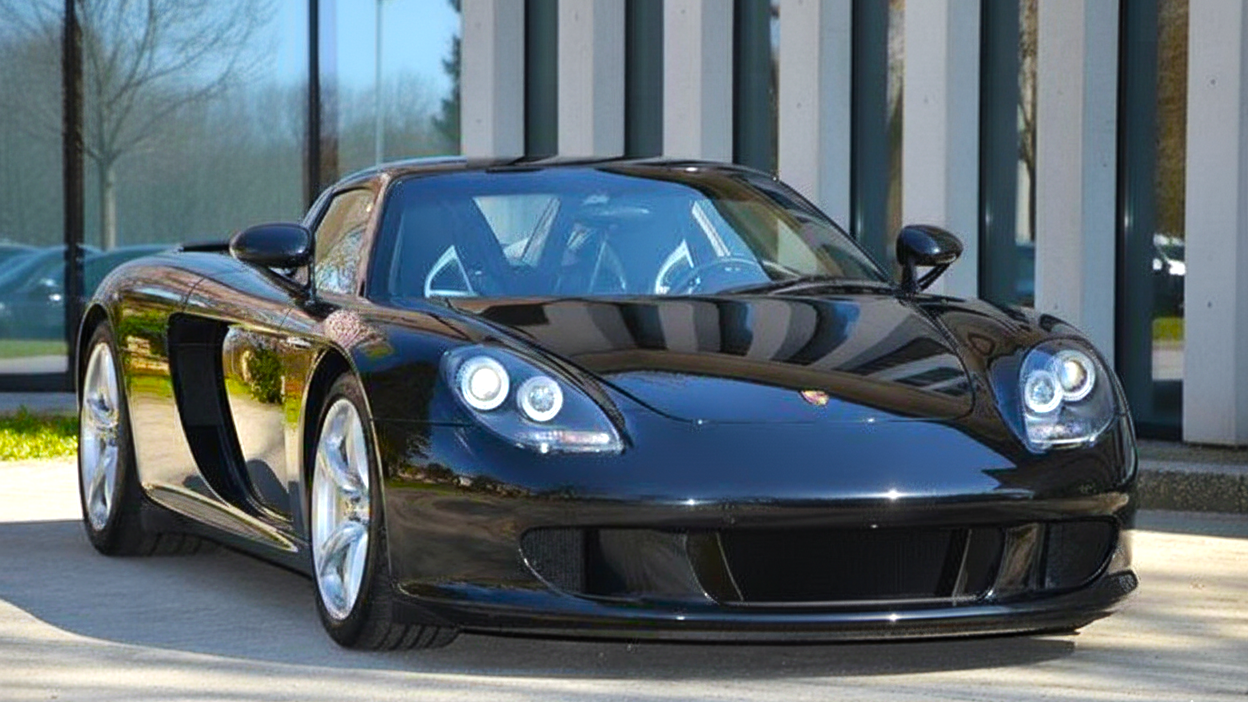
Its V10 engine was originally developed for Formula 1 racing, and you can hear it. The sound of the Carrera GT is a piercing, high–frequency shriek of a race car.
Chevrolet Corvette Z06 (C7)
2.png?_t=1760695020)
The supercharged V8 of this American sports car produces a thunderous, low roar, characteristic of muscle cars but with more modern notes.
Pagani Zonda Cinque
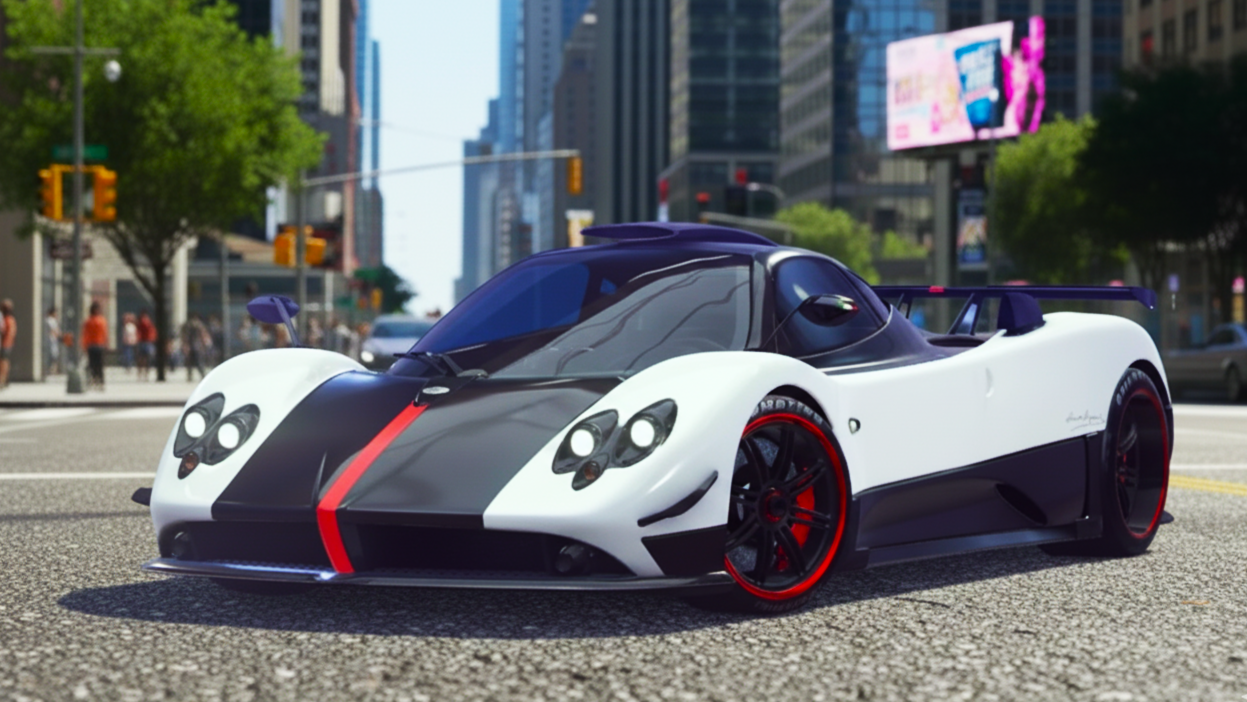
An engine from AMG and a titanium exhaust system, personally tuned by Horacio Pagani, create a sound unlike anything else – complex, multi–layered, and very loud.
TVR Sagaris
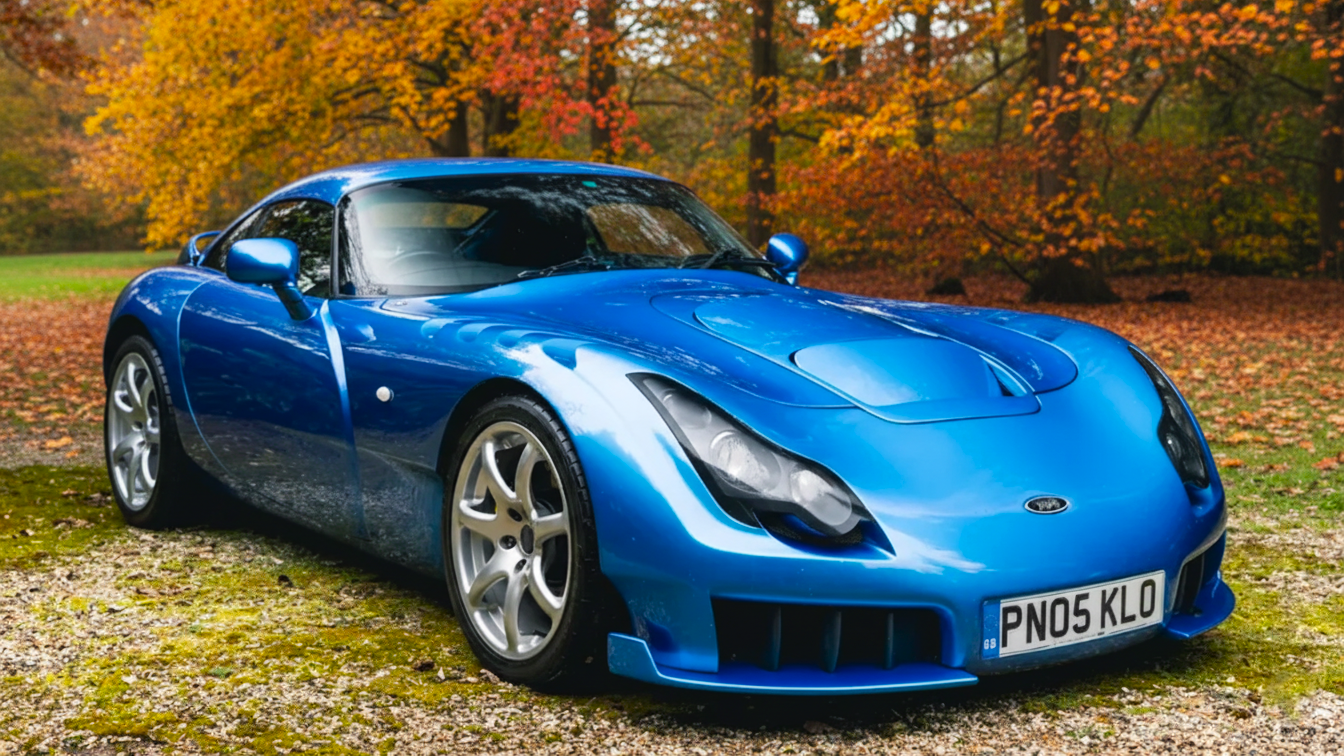
A British sports car without any electronic aids and with a very loud straight–pipe exhaust. It sounds raw, mechanical, and very angry.
F1 V10 (early 2000s era)
.png?_t=1760695020)
Not a production car, but nothing compares in volume and timbre to the sound of a naturally aspirated V10 from Formula 1, revving to 19,000 rpm. Its scream could be heard for kilometers from the track.
The Future of Loud Cars
The advent of the electric car era has presented acoustic engineers with a completely new task. The silence, which is an advantage for everyday driving, becomes a disadvantage for sports models, depriving them of an important emotional component.
Will Electric Cars Be as Exciting Without the Roar of an Engine?
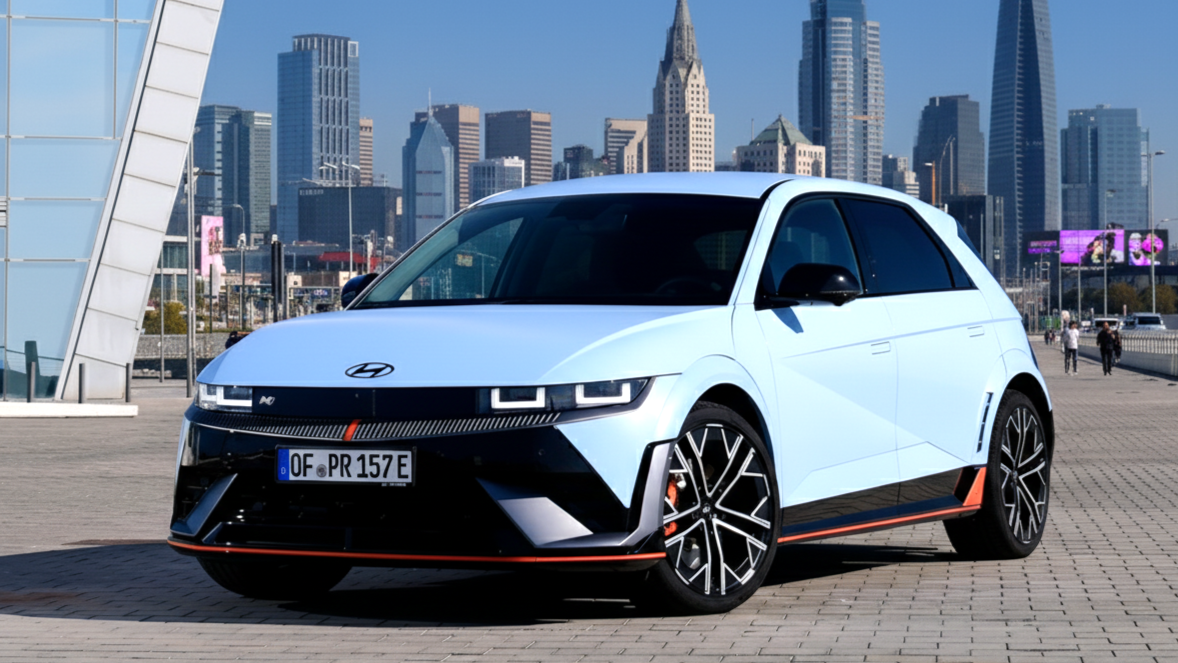
Electric cars are almost silent. For many, this is a plus, but for fans of roaring cars – a huge minus. Manufacturers are looking for a way out of this "silent dead end," sometimes offering very original solutions.
Systems like those in the Porsche Taycan or Hyundai Ioniq 5 N generate a futuristic soundtrack through speakers, both inside and out. Dodge even installed a Fratzonic Chambered Exhaust system on its electric Charger, which mimics the roar of a V8 using a resonance chamber. But can a synthesized sound replace the honest roar of a V8? Most likely not. The cult of loud cars will probably become more niche, like the cult of vinyl records today, but it will not disappear completely.
Conclusion
In a world that strives for silence and efficiency, loud cars may seem like relics of the past. Yet in truth, they are more relevant than ever. These machines remind us that a car can be more than just a means of transportation — it can be a source of raw, unrestrained emotion born from fire, metal, and the brilliance of engineering.
Loud cars are an art form — not just about speed. The roar of an exhaust is the soundtrack of automotive freedom and adrenaline. It transforms an ordinary drive into an experience charged with emotion. Cars with thunderous exhausts are a thrilling source of vivid sensations — a reminder that driving can touch the soul as much as it excites the senses.
And when it comes to naming the loudest car in the world, the leaders may change, but the philosophy stays the same. Just like before, these cars remain the dream of millions — because they appeal not to logic, but to the heart.


